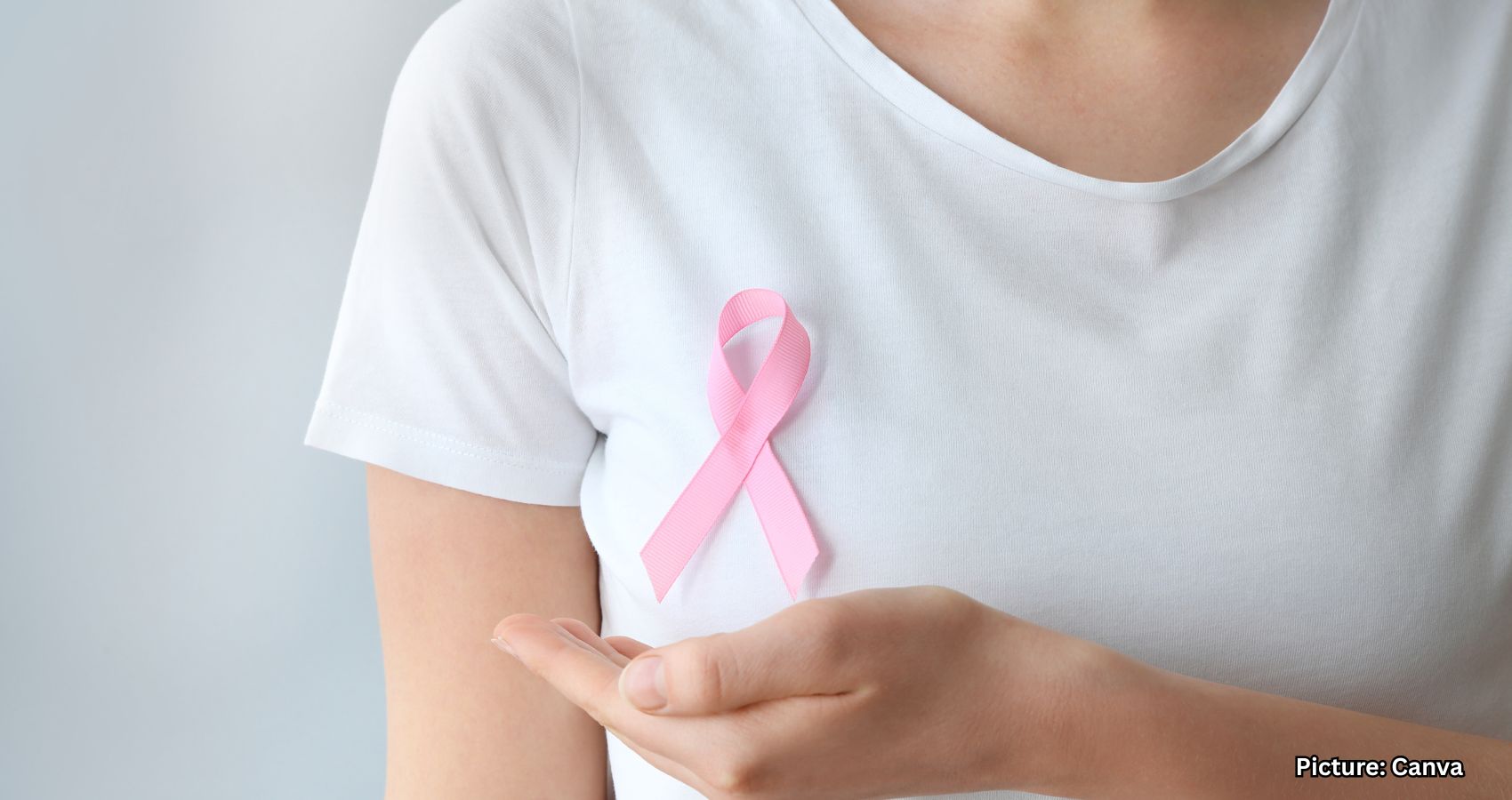Radhika, a 53-year-old Indian American, recently diagnosed with Stage II breast cancer, seeks guidance on treatment options and management strategies for this common condition.
Radhika, a 53-year-old Indian American woman, has recently been diagnosed with Stage II breast cancer. In her search for guidance, she turned to Dr. Sharma, who provided crucial insights into the complexities of this diagnosis, including risk factors, treatment options, and strategies for managing the challenges that accompany a breast cancer diagnosis. Understanding these elements is vital for women facing similar situations, as early detection plays a significant role in improving survivorship.
Stage II breast cancer is characterized by specific tumor sizes and lymph node involvement. According to Dr. Sharma, this stage indicates that the tumor is either smaller than 2 centimeters but has spread to underarm lymph nodes, or it is larger than 5 centimeters without lymph node involvement. Early detection, as seen in Radhika’s case, is essential for achieving better outcomes.
Family history is often discussed as a risk factor for breast cancer, but it is important to note that it is not a definitive cause. Other contributing factors include a personal history of breast cancer, early onset of menstruation, menopause—particularly with hormone therapy, dense breast tissue, alcohol consumption, late first pregnancy, never having been pregnant, increasing age, obesity, and exposure to radiation.
When it comes to treatment, a comprehensive approach is typically employed for Stage II breast cancer. This often includes surgery, radiation, and systemic therapies such as chemotherapy, targeted therapy, or hormone therapy. Dr. Sharma emphasizes that treatment plans are tailored to each individual, aiming to remove the tumor, eliminate any remaining cancer cells, and reduce the risk of recurrence.
Patients undergoing chemotherapy and radiation therapy may experience a range of side effects, including fatigue, nausea, vomiting, constipation, and diarrhea. Additionally, surgical procedures can lead to complications such as infection, bleeding, blood clots, nerve damage, and lymphedema. Understanding these potential side effects is crucial for patients and their families as they navigate treatment.
Despite the challenges, Dr. Sharma maintains a positive outlook regarding survivorship. Early detection significantly improves the chances of complete recovery, with the five-year survival rate for Stage II breast cancer reaching as high as 99%. This statistic underscores the importance of maintaining a hopeful attitude throughout the treatment process.
Managing stress during treatment is also critical. Dr. Sharma recommends employing relaxation techniques, ensuring regular sleep, and maintaining a healthy diet rich in fruits, vegetables, and protein. Joining a breast cancer support group can provide invaluable emotional support, helping patients cope with the psychological aspects of their diagnosis.
Yoga has emerged as a beneficial complementary therapy for women with breast cancer. Dr. Sharma’s research highlights that regular yoga practice can help manage pain, improve sleep quality, reduce fatigue, and alleviate anxiety and depression. Integrating yoga into a treatment plan may enhance overall well-being during this challenging time.
Understanding the nuances of breast cancer, particularly Stage II, empowers individuals to make informed decisions regarding their health. As emphasized in the insights shared by Dr. Sharma, early detection is a key factor in improving recovery outcomes.
Source: Original article

